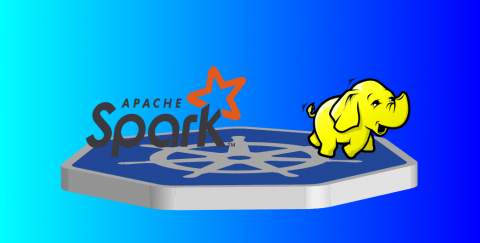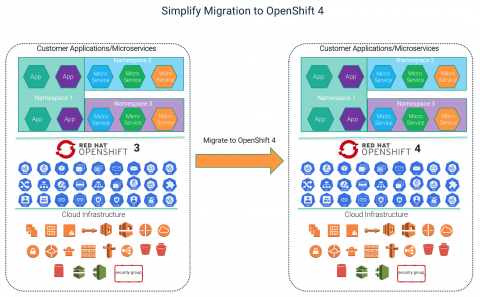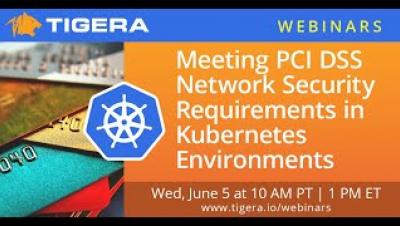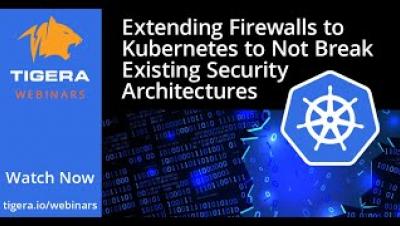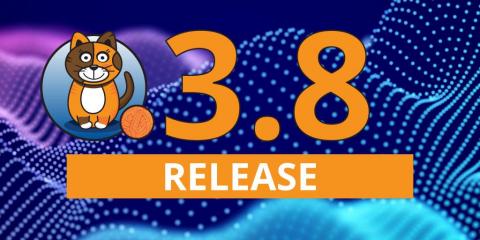Big Data and Kubernetes - Why Your Spark & Hadoop Workloads Should Run Containerized...(1/4)
Starting this week, we will do a series of four blogposts on the intersection of Spark with Kubernetes. The first blog post will delve into the reasons why both platforms should be integrated. The second will deep-dive into Spark/K8s integration. The third will discuss usecases for Serverless and Big Data Analytics. The last post will round off with insights on best practices.


